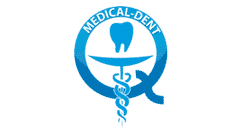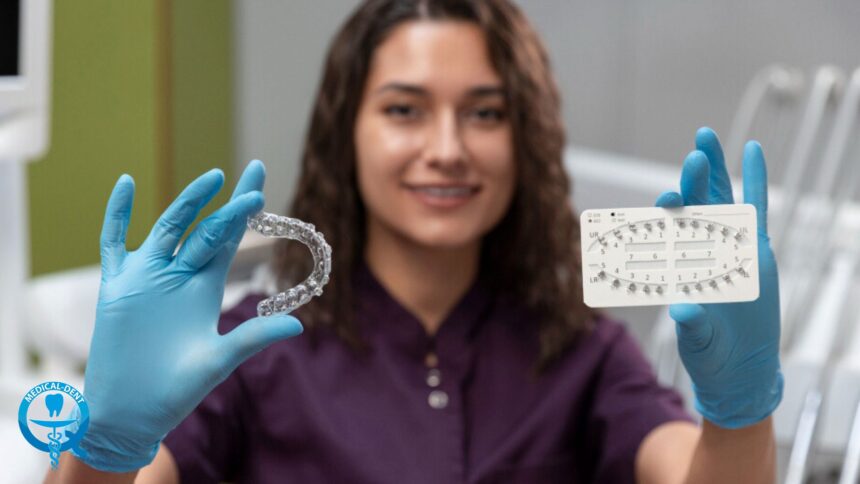A beautiful smile does not end when the braces are removed. This is only half the battle, because in order for your teeth to stay in their new alignment, another stage is needed - retention after orthodontic treatment. This is a part of the treatment that many people forget about or treat as a formality, whereas without it, you risk your teeth returning to their old position.
What exactly is retention after orthodontic treatment?
Retention after orthodontic treatment is the stage when the orthodontist applies special retention appliances. These may be trays, plates or thin wires glued to the inside of the teeth. Their function is to hold the teeth in their new position for a sufficiently long time until the tissues around them stabilise.
Patients often ask why, after such a long time Wearing braces still requires the fitting of special retainers. The answer is simple - periodontal tissues and oral muscles have a natural tendency to 'remember' the previous alignment of the teeth. The role of retainers is to fix the new alignment and protect the effects of treatment.
"Teeth are living structures," says Dr Boguslaw Gofroń orthodontist at Medical-Dent. - It is not enough to move them. You have to give the body time to get used to the new arrangement. Retention is an investment in the longevity of an effect that the patient has worked for months and often years to achieve."
And you can read more about what orthodontic treatment looks like in our article with a similar title "Orthodontic treatment in the UK".
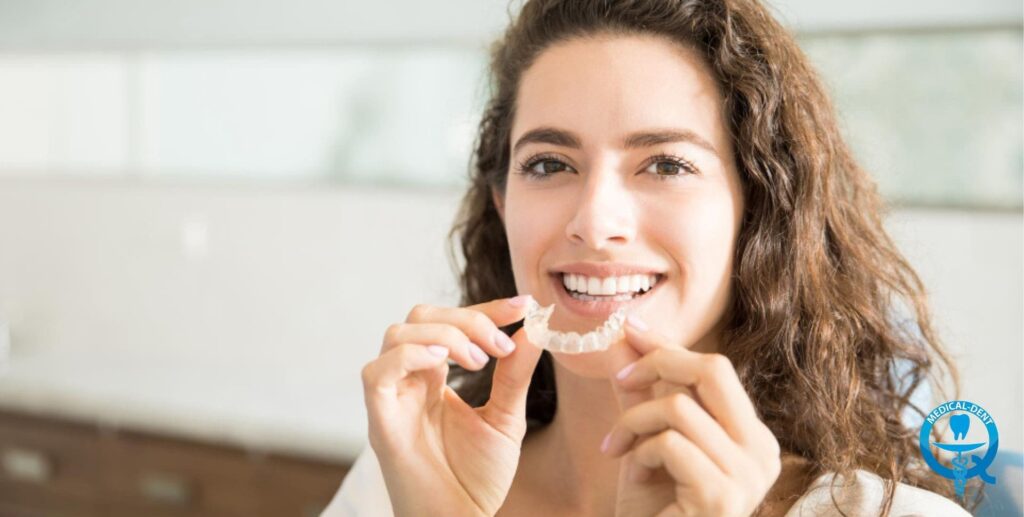
How long does retention last after orthodontic treatment?
Retention time is individual - for some it will be several months and for others many years. In practice, it is increasingly common to say that retention should last a lifetime, although the form of retainers may vary.
In the beginning, they are worn regularly, then less and less frequently, but giving up retention altogether is risky.
"If patients want to be guaranteed that their smile will stay with them for years to come, they must accept that retention is a long-term commitment," explains Dr Gofron. - Fortunately, modern retainers are comfortable, discreet and virtually invisible."
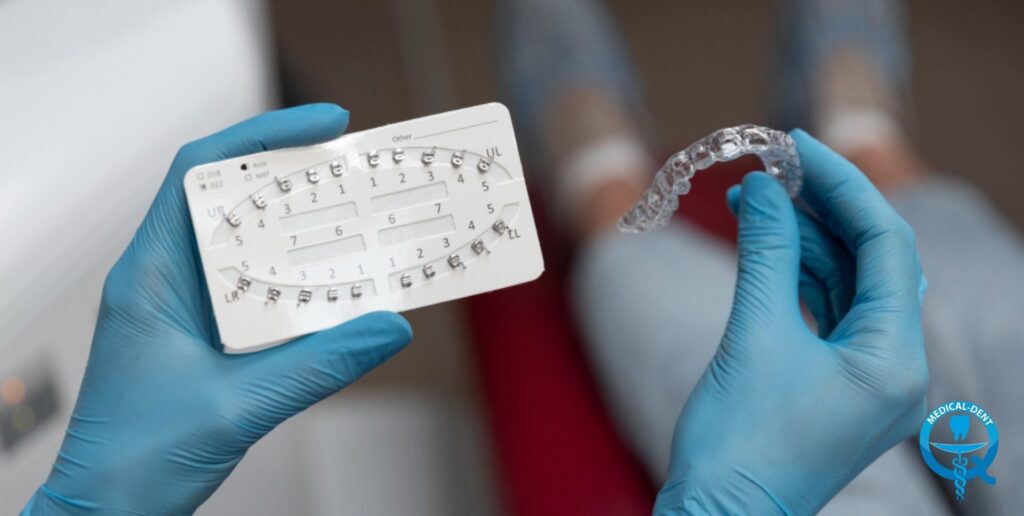
What do these retainers look like?
Patients often fear that retention after orthodontic treatment will be cumbersome. In fact, retainers are lightweight and comfortable.
In the case of wires glued from the inside The sides of the teeth practically stop feeling after a few days. The overlays, on the other hand, are easy to remove for eating or brushing your teeth. You can read more about retainers in the article "Retention braces in the UK - key information".
It is worth remembering that the orthodontist adjusts the type of retention individually - depending on the malocclusion, the patient's age and lifestyle. This makes maintaining the treatment effect simple and effortless.
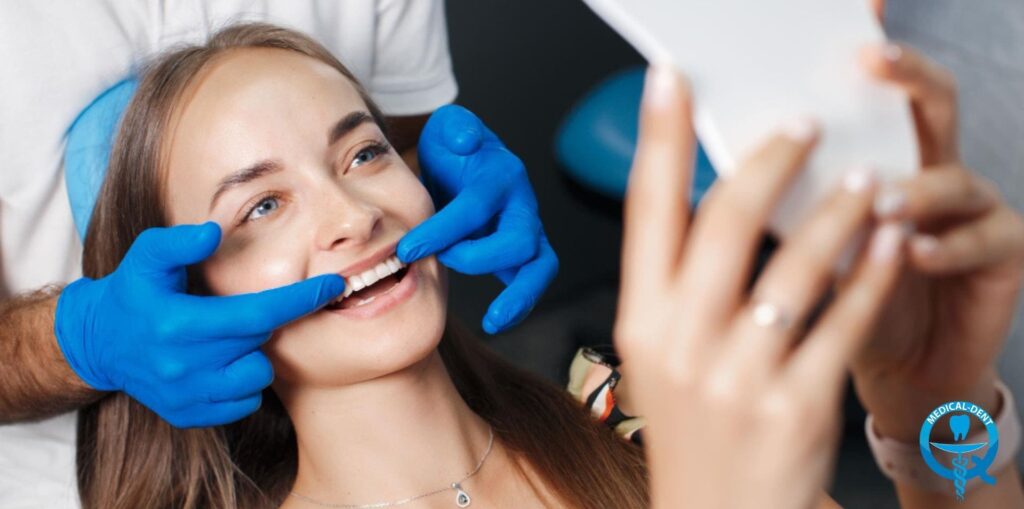
Follow-up visits and hygiene during retention
Retention after orthodontic treatment does not exempt you from visits to the orthodontist. On the contrary, they are crucial to monitor whether your teeth are holding firmly in their new position. The first check-ups usually take place every few months, and later - when everything is going well - every 6-12 months. This allows the orthodontist to quickly catch any misalignment or damage to the retainers.
As the Medical-Dent orthodontist points out according to the study, even 70% patients, who do not attend follow-up appointments after orthodontic treatment experience a partial recurrence of the defect. - "This shows that retention is not only about braces, but also about systematic monitoring. Sometimes a minor adjustment of the retainer is enough to avoid more serious misalignments," concludes the doctor."
Care during retention looks similar to that of braces - daily oral hygiene is mandatory. With fixed retainers, it is particularly important to floss or water floss (water irrigation) and use special interdental brushes to remove bacterial plaque from hard-to-reach areas. In the case of retentive trays, they need to be cleaned after each use so that bacteria do not accumulate in them.
"The best approach is to treat the retainer like a permanent part of your hygiene routine. Then, wearing it is not a problem and the effects of orthodontic treatment are truly permanent," concludes Dr Gofron.
This article was written with the collaboration of Dr Boguslaw Gofron, orthodontist at Medical-Dent.
